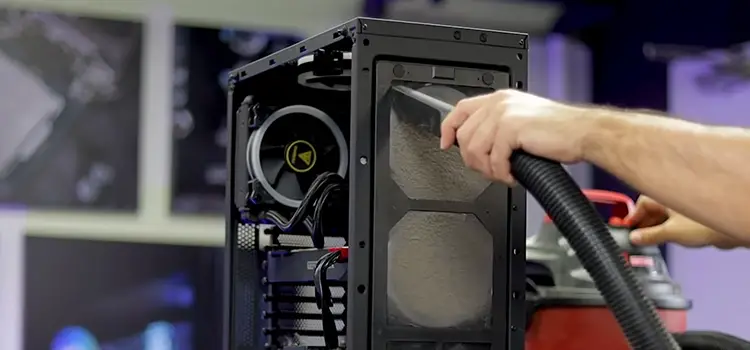288 Pin Vs 260 Pin RAM Module | Picking the Right RAM for Your Device
Choosing the right RAM (Random Access Memory) is crucial for a smooth-running computer system. But with different types and pin configurations available, it can get confusing. For example, if you are going to buy a DDR4 RAM, then you will find two types of RAM. One comes with 260 pins and another comes with 288 pins. Now which one to choose? Are they the same or do they have differences?
Well, both are used in different motherboards for different purposes. You’ll get the answer to these questions automatically once you understand the differences between 288-pin and 260-pin RAM.
In this article, we have explained the differences between 288-pin and 260-pin modules and also have discussed when to get a 288-pin RAM module and when you’ll need a 260-pin RAM.
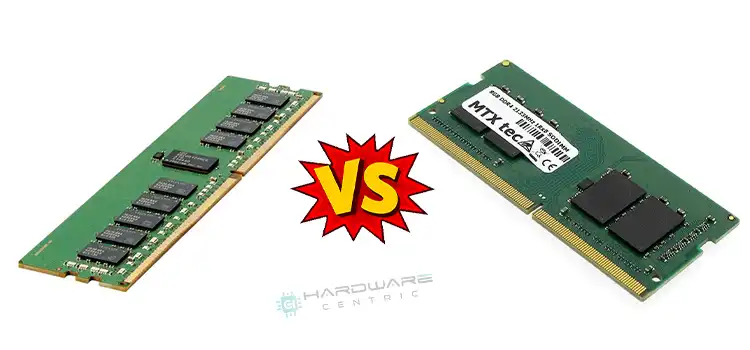
What Do 288 Pin and 260 Pin Mean?
Let’s start with what these pins do or what they mean. The number of pins is a crucial aspect of memory modules. It determines how the module connects to the motherboard.
288 Pin: You’ll find a 288-pin module in DDR4 DIMM (Dual In-Line Memory Module) RAMs. These RAMs are bigger in size and used in desktop computers and servers.

260 Pin: 260-pin module, on the other hand, also refers to DDR4 RAMs but in SO-DIMM (Small Outline Dual In-Line Memory Module). These RAMs are smaller in size and are primarily used in laptops and small form-factor devices.
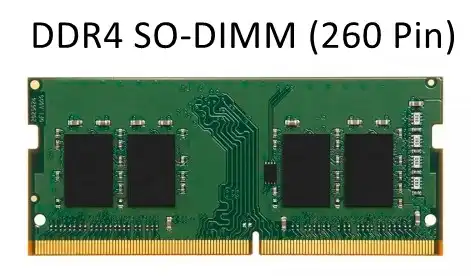
Differences Between 288 Pin and 260 Pin
Though 288 pin and 260 pin both are DDR4 RAMs and the performance of both RAMs are almost the same, there are some significant differences between them that separate the 288 pin from 260 pin RAM modules. Let’s explore the differences below:
| 1Parameters | 288 Pins | 260 Pins |
| DDR Generations | DDR4 | DDR4 |
| RAM Connector Name | DIMM | SO-DIMM |
| Length | 133.35mm | 67.6mm |
| Compatible with | Desktop computers | Laptop, notebook, and small PCs. |
| Memory Capacity | Up to 128 GB | Up to 32 GB |
| Data Transfer Rate | 3.2 GT/s | 2.4 GT/s |
According to the table above, you can see that DDR4 DIMM RAM contains 288 pin module, and DDR4 SO-DIMM RAM contains a 260-pin module. DIMM is compatible with desktop and server computers whereas SO-DIMM is compatible with laptops, notebooks, and small PCs.
Though the performance of both DDR4 RAMs is the same, 288-pin modules have higher memory capacities than 260-pin. Again, As DDR4 DIMMs have higher pin counts, they can achieve faster data transfer rates compared to DDR4 SO-DIMMs. However, the data transfer rate provided by the 260-pin module is more than sufficient for laptops.
Can You Use 260 Pin on 288 Pin Slot?
No, you cannot use a 260-pin SO-DIMM module in a 288-pin DIMM slot on a desktop motherboard. Here’s why:
- Physical incompatibility: 260-pin SO-DIMM modules are smaller and have a different physical design compared to 288-pin DIMM modules. The notches and keys on the modules are positioned differently, preventing them from fitting into the wrong slot.
- Electrical incompatibility: Even if you could physically fit a 260-pin module into a 288-pin slot, the electrical connections would not match. The additional pins on a DIMM module are used for additional signals and power delivery that are not present on a SO-DIMM module.
- Motherboard support: Desktop motherboards are designed to support 288-pin DIMM modules. They do not have the necessary circuitry and BIOS support to work with 260-pin SO-DIMM modules.
However, there are adapters available that allow you to use a 260-pin SO-DIMM module in a 288-pin DIMM slot. These adapters have the 288-pin DIMM form factor on one end and the 260-pin SO-DIMM socket on the other. They route the signals from the SO-DIMM module to the DIMM slot.Using an adapter may work, but it’s not guaranteed to be compatible with your specific motherboard and BIOS. It’s always best to use the correct type of RAM module (288-pin DIMM for desktops, 260-pin SO-DIMM for laptops) to ensure compatibility and optimal performance.
FAQs – Frequently Asked Questions and Answers
Is All DDR4 RAM 260-Pin?
No, there are mainly 2 modules that are popular for DDR4 RAMs and the number of pins is different from each other. DDR4 SO-DIMM module has 260 pins whereas the DIMM module of DDR4 contains 288 pins.
Does The Number of Pins on RAM Matter?
Yes, the number of pins matters because you can’t use 260 pins for a desktop computer because they are designed to use in laptops or small PCs. Similarly, you can’t use a 288 pin module for a laptop because the motherboard of a laptop doesn’t contain 288 pin slots.
What Is 260-Pin SO DIMM?
260-pin SO-DIMM is the memory module of DDR4 RAM. The other generation of DDR also have SO-DIMM modules with different numbers of pins. For example, the number of the pin of SO-DIMM modules for DDR1 and DDR2 is 200 while for DDR3 SO-DIMM has 204-pin.
Conclusion
The 288-pin and 260-pin memory modules are the same in performance but designed differently for the specific requirement of a system. If you are building a desktop computer or server that requires high memory capacity and data transfer rates, then a 288-pin DDR4 DIMM would be the appropriate choice. On the other hand, if you are working with a laptop or a small form factor device that has limited space, a 260-pin DDR4 SO-DIMM would be the more suitable option. We hope this article will help you understand the differences between these memory modules. Thanks for reading.
Subscribe to our newsletter
& plug into
the world of PC Hardwares

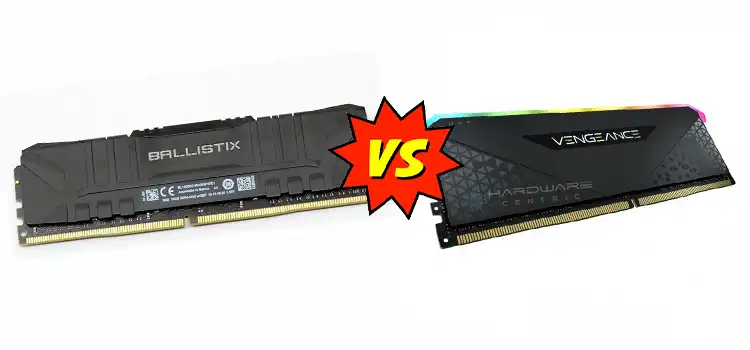
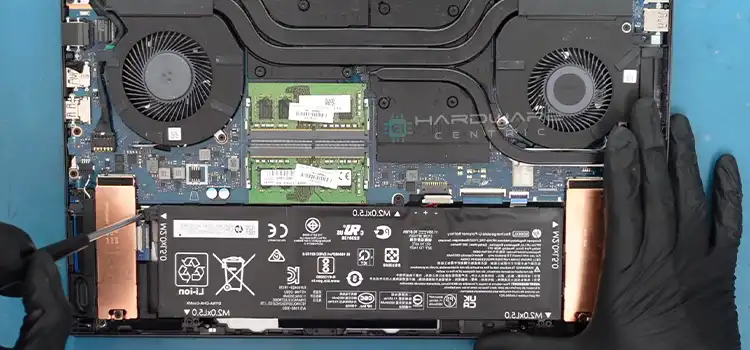
![[Fix] PC Won’t Turn On But Motherboard Light Is On (100% Working)](https://www.hardwarecentric.com/wp-content/uploads/2022/05/PC-Wont-Turn-On-But-Motherboard-Light-Is-On.webp)
![[2 Fixes] The Wireless Mouse Glorious Model O Software Device Is Disconnected](https://www.hardwarecentric.com/wp-content/uploads/2022/07/Model-O-Software-Device-Is-Disconnected.jpg)
